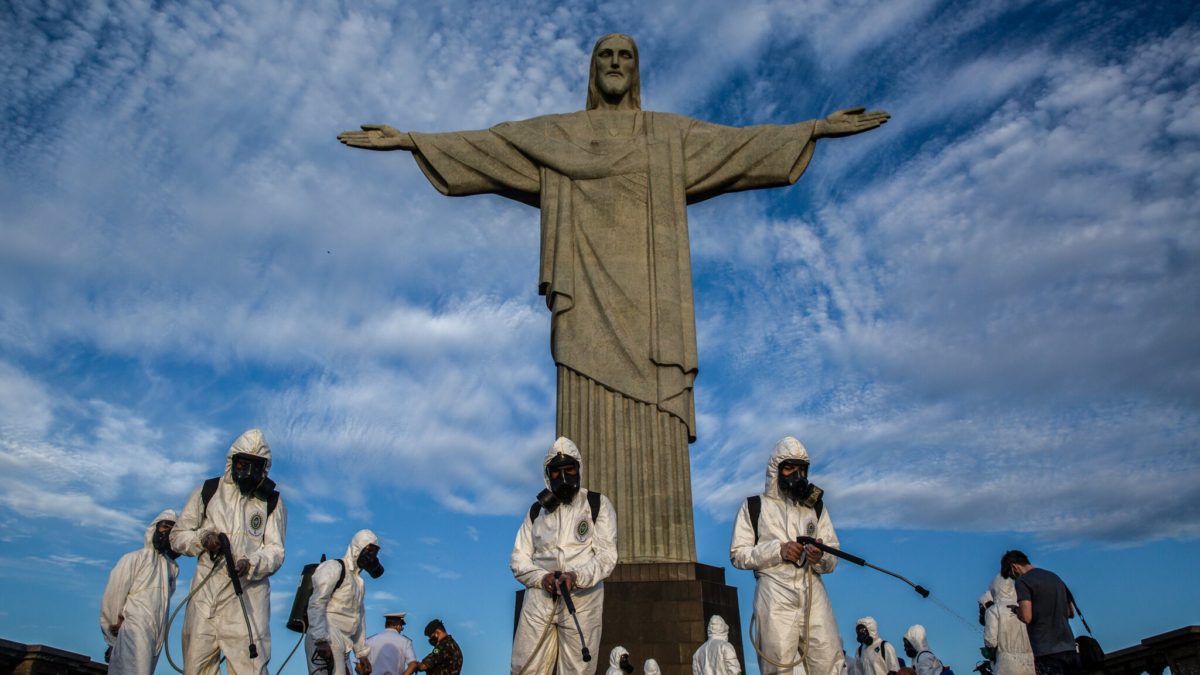Greg Olear: The Plague turns three – More than a million Americans are dead of COVID-19. Where is the outrage? “U.S. performance at the level of South Korea, Australia, New Zealand, or Japan in containing the pandemic would have saved over 300,000 American lives in 2020 alone”
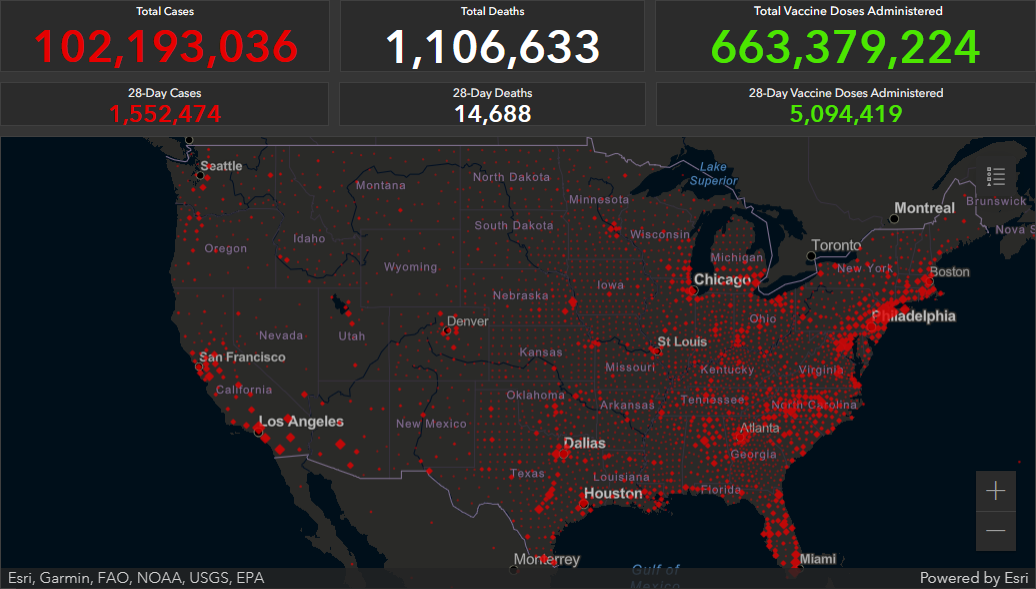
By Greg Olear
24 January 2023
(Substack) – Three years ago today, the Centers for Disease Control confirmed a second travel-related infection of the SARS-CoV-2 virus in the United States, this time in Illinois.
The Illinois case was the epidemiological equivalent of the second airplane hitting the World Trade Center. It meant that the first U.S. infection, reported in Washington state four days earlier, was not an isolated incident. It meant that the virus—which WHO would not dub “COVID-19” for another month—had come to stay.
It meant that the pandemic was here.
“Ultimately, we expect we will see community spread in this country,” Nancy Messonnier said on 26 February 2020, as American passengers on a cruise ship called the Diamond Princess, site of an early SARS-CoV-2 outbreak, waited in quarantine off the coast of Japan. “It’s not so much a question of if this will happen anymore but rather more a question of exactly when this will happen and how many people in this country will have severe illness.”
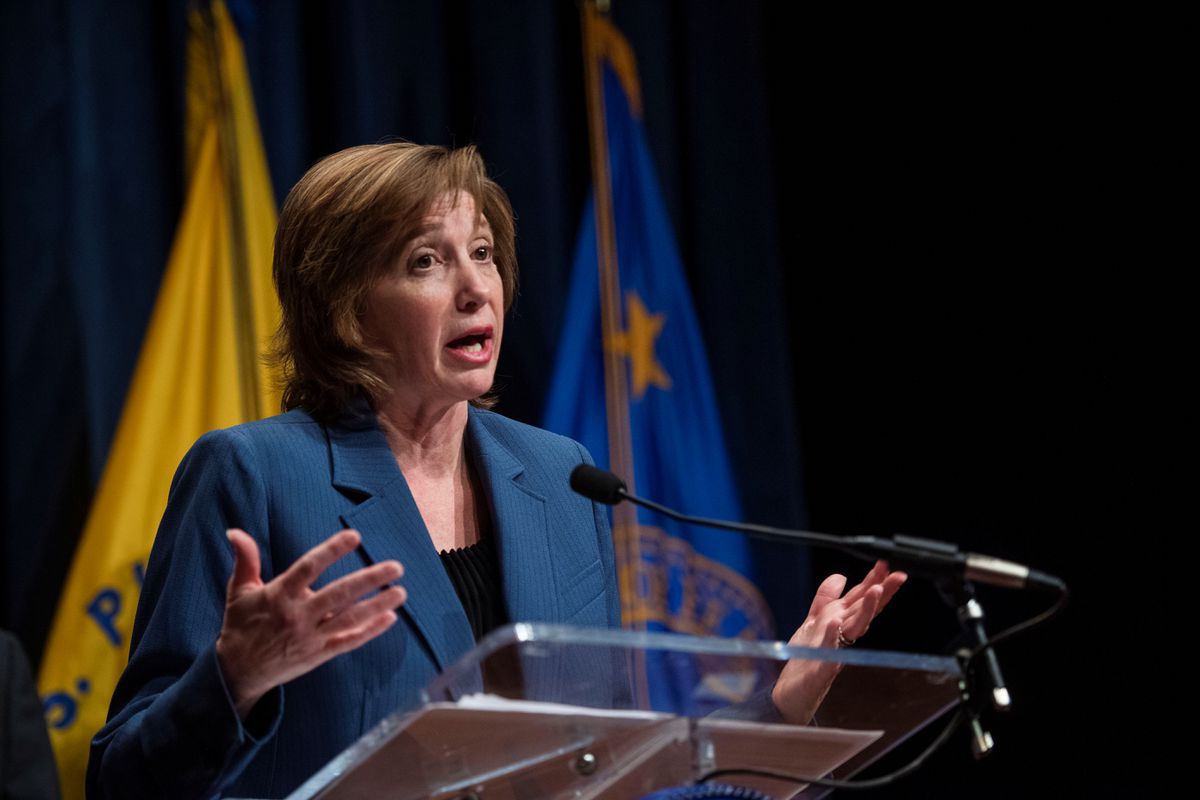
At the time, Messonnier was the CDC’s incident manager for the COVID-19 response. At the time, there were just—but already!—53 confirmed cases on American soil. That jaw-dropping statement was made during a remarkable telebriefing to reporters. She also said this:
“These [non-pharmaceutical interventions] are practical measures that can help limit exposure by reducing exposure in community settings. Students in smaller groups or in a severe pandemic, closing schools and using internet-based teleschooling to continue education. For adults, businesses can replace in-person meetings with video or telephone conferences and increase teleworking options. On a larger scale, communities may need to modify, postpone, or cancel mass gatherings. Looking at how to increase telehealth services and delaying elective surgery.”
And this:
“Some community-level interventions that may be most effective in reducing the spread of a new virus like school closures are also the most likely to be associated with unwanted consequences and further disruptions. Secondary consequences of some of these measures might include missed work and loss of income. I understand this whole situation may seem overwhelming and that disruption to everyday life may be severe. But these are things that people need to start thinking about now.”
And, in response to a reporter’s question, this:
“You know, diseases surprise us and therefore we need to be reacting to the current situation even if it differs from what we planned for. You know, in general we are asking the American public to work with us to prepare in the expectation that this could be bad. I continue to hope that in the end we’ll look back and feel like we are over-prepared, but that is a better place to be in than being under-prepared.”
These comments expounded on what she’d said at a controversial White House press briefing the day before—the one that reportedly made President Trump throw the proverbial ketchup.
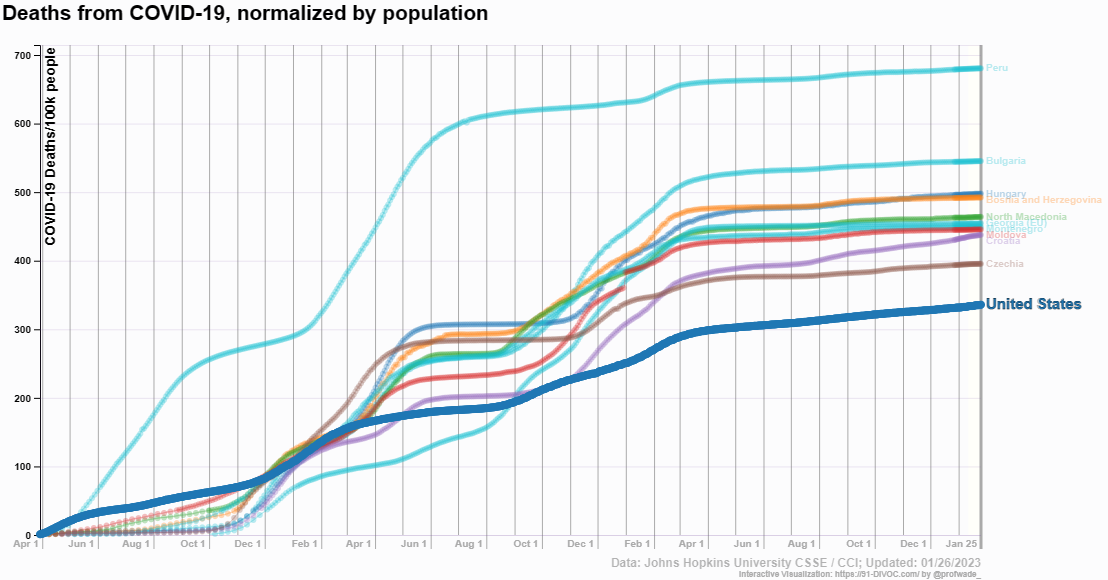
Nancy Messonnier knows her shit. She was the director of the National Center for Immunization and Respiratory Diseases. She worked on the response to the 2001 anthrax attacks. She helped develop a vaccine to combat meningococcal meningitis, stemming an outbreak in Africa. She’s also a military veteran, having served as a captain in the United States Public Health Service Commissioned Corps, and the sister of Rod Rosenstein, Trump’s deputy Attorney General. In a Republican administration especially, she is exactly who you want in charge of the federal pandemic response.
But she made the blunder of being a little too good at her job in an election year. Rather than heed her advice or listen to her warnings, Donald Trump immediately sidelined her.
The day after the first CDC White House presser—26 February 2020, the same day Messonnier was taking questions from reporters in the teleconference—Trump named Mike Pence chair of the White House Coronavirus Task Force, replacing Health & Human Services secretary Alex Azar. Pence immediately installed Deborah Birx, a specialist in HIV/AIDS immunology and a U.S. health ambassador, as coronavirus response coordinator—presumably because her forecasts were sunnier than Messonnier’s.

Birx and her colorful scarves became the White House’s primary COVID-19 messenger. Messonnier, the SARS-CoV-2 oracle, went dark. But as anyone familiar with Greek lore can tell you, ignoring the sibyl’s prophesies doesn’t make them not come true.
The White House’s rosy COVID-19 messaging was especially mendacious because privately, President Trump agreed with Messonnier’s assessment. Early in February, he told the reporter Bob Woodward, “This is deadly stuff. … You just breathe the air, and that’s how it’s passed. And so that’s a very tricky one. That’s a very delicate one. It’s also more deadly than even your strenuous flu.”
Publicly, however, Trump downplayed the threat. “This is a flu,” he told White House reporters on February 27. “This is like a flu.” He kept up with this “flu” narrative—which he’d known all along was total horseshit:

When the President of the United States repeatedly claims that a new virus is no big whoop, the American people—even people in the other party—assume he’s telling the truth. But Trump was not telling the truth. He was lying. And he fucking knew it.
Caught in the lie when Woodward’s book Rage (finally) came out six months and two hundred thousand covid deaths later, Trump explained that he was merely trying to avoid panic. “We have to show calm,” he told reporters in September of 2020, echoing the strategy of George W. Bush 19 Septembers previously. “Certainly I’m not going to drive this country or the world into a frenzy. We want to show confidence. We have to show strength.” But it is one thing to avoid panic, quite another to willfully, cynically lie about matters of life and death.
The ugly truth is that Trump recognized early on that COVID-19 could bring about the end of his presidency, so he decided to prioritize his own political calculus over public health. By disseminating disinformation, demonizing experts, deriding masks, blaming Democrats for every failure—by politicizing the pandemic response—he sacrificed voters for votes.
In short, to help himself win re-election, Trump allowed people to die.
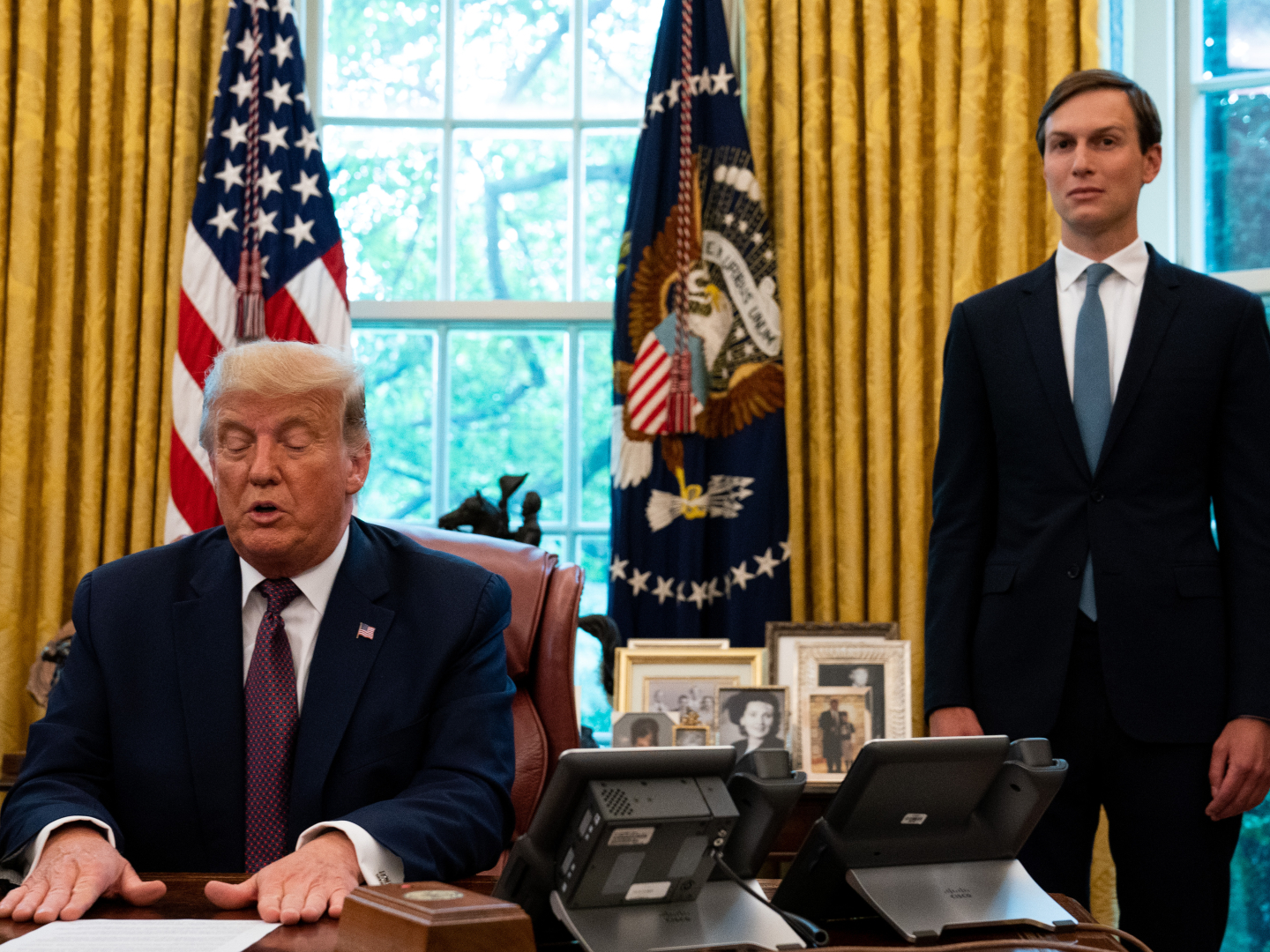
The brains behind the decision to let the virus ravage the blue states of New York, New Jersey, and California—where the first big U.S. outbreaks occurred—belonged to Trump’s ghoulish son-in-law, Jared Kushner.
As Katherine Eban revealed in her damning Vanity Fair piece of 30 July 2020, Kushner, tasked by Trump in March 2020 to figure out a plan for the federal pandemic response, formed a team of “Morgan Stanley bankers liaising with billionaires,” a group that included his college roommate, to tackle the problem. None of them had a background in public health. By some miracle, the team managed to devise a workable plan that called for aggressive, widespread, centralized testing—only to have it go “poof into thin air” in April, as one participant told Eban. She writes:
“President Trump had been downplaying concerns about the virus and spreading misinformation about it—efforts that were soon amplified by Republican elected officials and right-wing media figures. Worried about the stock market and his reelection prospects, Trump also feared that more testing would only lead to higher case counts and more bad publicity. Meanwhile, Dr. Deborah Birx, the White House’s coronavirus response coordinator, was reportedly sharing models with senior staff that optimistically—and erroneously, it would turn out—predicted the virus would soon fade away.”
Against that background, the prospect of launching a large-scale national plan was losing favor, said one public health expert in frequent contact with the White House’s official coronavirus task force.
Most troubling of all, perhaps, was a sentiment the expert said a member of Kushner’s team expressed: that because the virus had hit blue states hardest, a national plan was unnecessary and would not make sense politically. “The political folks believed that because it was going to be relegated to Democratic states, that they could blame those governors, and that would be an effective political strategy,” said the expert.
That logic may have swayed Kushner. “It was very clear that Jared was ultimately the decision maker as to what [plan] was going to come out,” the expert said.

By the end of April 2020, with the covid death toll at a then-staggering 62,557—more than the lives lost in Vietnam and some 20 times the number of people who perished on 9/11—the die had been cast. Kushner rolled out his plan for mass death. Trump signed off on it. Mike Pence, nominally in charge of the pandemic task force, did nothing to stop it.
And Trump merrily continued to pump bullshit into the discourse, even when he himself took ill from covid, and almost died, a month before the 2020 election—by which day almost a quarter million Americans would be dead from covid-19. Pence rarely made his presence felt. Birx continued to downplay the danger. Kushner was so dead-set on his plan of mass extermination that even during the transition, with the election over and lost, he refused to turn over information about covid planning to the incoming Biden team.
And all that time, people continued get sick, people continued to be hospitalized, and people continued to die.
Plagues happen from time to time. There is no question that COVID-19 was going to spread to the United States, sure as it spread to every other country on earth. But there is also no question that the willful negligence of Trump and Kushner—with a big assist from the media empire of Rupert Murdoch, one of the first humans to get vaccinated, despite his Fox News anchors spreading fatal disinformation about the vaccines—exacerbated the pandemic. How many American lives would have been spared, had Trump and Kushner not poured gasoline on the SARS-CoV-2 fire?
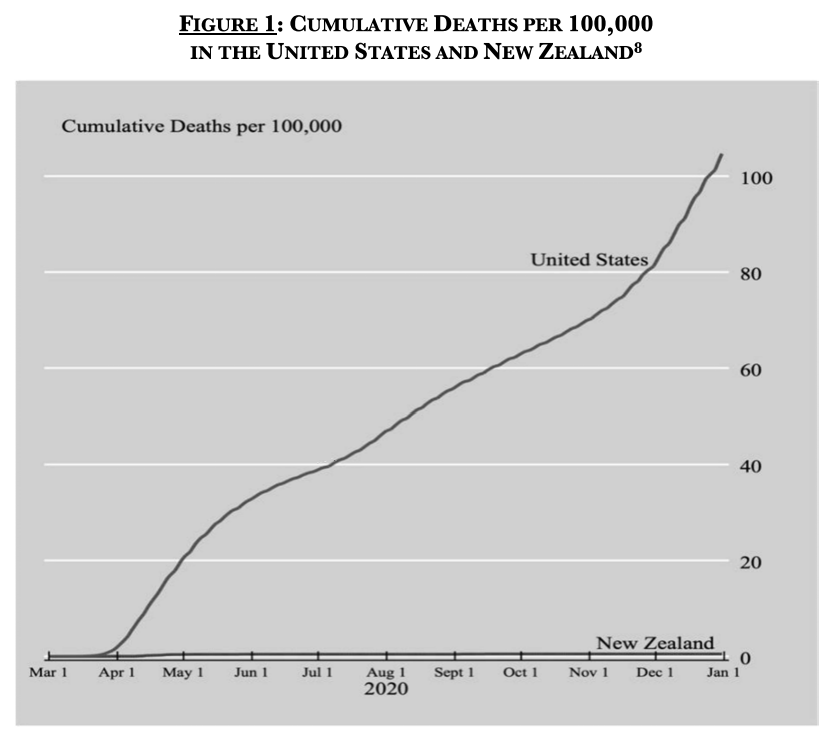
As a University of Connecticut study determined,
“the U.S. COVID-19 mortality rate for 2020, adjusted for population, was more than twice as high as Canada’s and Germany’s; ten times higher than India’s; 29 times higher than Australia’s; 40 times higher than Japan’s; 59 times higher than South Korea’s, and 207 times higher than New Zealand’s mortality rate. In fact, U.S. performance at the level of South Korea, Australia, New Zealand, or Japan in containing the pandemic would have saved over 300,000 American lives in 2020 alone.”
That is inexcusable. That is gross negligence on the grandest possible scale. It’s so fucking evil it boggles the mind.
As I write this on January 24, 2023, more Americans have died from COVID-19 (1,099,866) than lost their lives in the Revolutionary War, the Civil War, and World War II combined (1,091,399). That’s a staggering number—far greater than the entire population of San Francisco, Seattle, Austin, Denver, Boston, Detroit, or Washington, and growing larger every day.
And those are just the deaths the CDC knows about. The actual figure is certainly much higher. [more]
Three years later, the covid-19 outbreaks continue. Only the outrage is gone.


